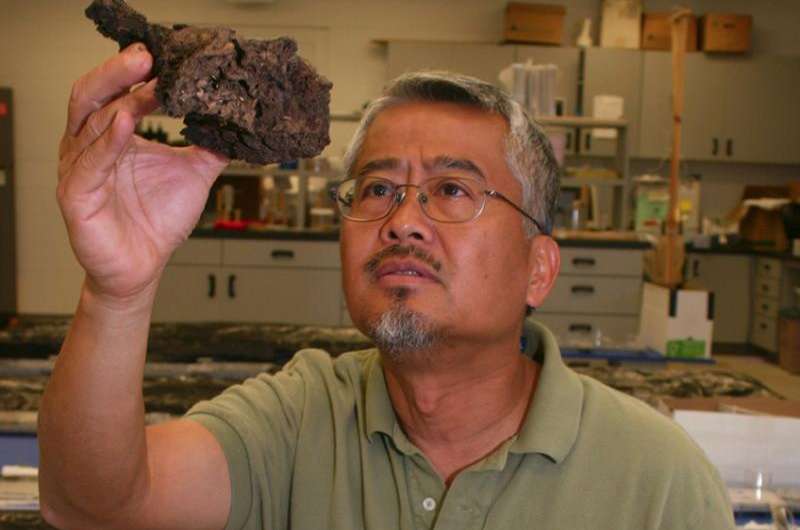Neighboring termite colonies re-invade, expose themselves to deadly bait

Even after an insecticide bait weakens Formosan subterranean termites, a neighboring colony will invade the same area and meet the identical lethal fate, new University of Florida Institute of Food and Agricultural Sciences research shows.
The research finding is key for a pest that accounts for much of the $32 billion annual cost caused by subterranean termites worldwide.
"The good news for a homeowner is that as soon as the colony is weakened by baits, the neighboring colony would immediately invade its tunneling system, discover the baits and consume them," said UF/IFAS entomology professor Nan-Yao Su, co-author of the study. "This always results in the elimination of the invading colony. The results showed that as long as the baits are still present in the bait stations, they will continue to intercept and eliminate incoming colonies."
A study led by Su and UF/IFAS entomology graduate student Sarah Bernard showed that field colonies of subterranean termites fight against neighboring colonies when their underground tunnels intersect. In the end, the invading termites die.
For years, scientists have wondered how quickly termites would invade another colony's territory after they die. Sometimes those areas remain vacant for months; sometimes they invade in days, Su said.
Because termites are blind, Su and his cohort assumed each colony had its own odor that is recognizable by other termites.
"What surprised me was that when one colony was weakened by baits—and even before they were killed—it looks like the neighboring colony can sense this and begins to invade," said Su, a faculty member at the UF/IFAS Fort Lauderdale Research and Education Center. "How do they sense it? We simply don't know."
For a study published in the Journal of Economic Entomology, Bernard and Su researched termite colonies in New Orleans, Louisiana, a city where Su has been trying to help control termites for about 20 years.
Bernard and Su studied how colonies of Formosan termites reacted to nearby colonies in which they had established baits. The scientists wanted to test if termites from a nearby colony would invade a baited colony even after they discovered that a chemical weakened termites from that colony.
Sure enough, the termites did invade and eventually died. This is good news for users of the Sentricon system, which has been in commercial use since 1995. Su invented the basic science behind the termite elimination system, which has been marketed in 32 countries and protects more than 3 million homes. The technology has also been used by foreign governments in large-scale projects.
More information: Response of the Formosan Subterranean Termite to Neighboring Con-Specific Populations After Baiting With Noviflumuron. OUP accepted manuscript, Journal of Economic Entomology (2016). DOI: 10.1093/jee/tow317
Journal information: Journal of Economic Entomology
Provided by University of Florida

















